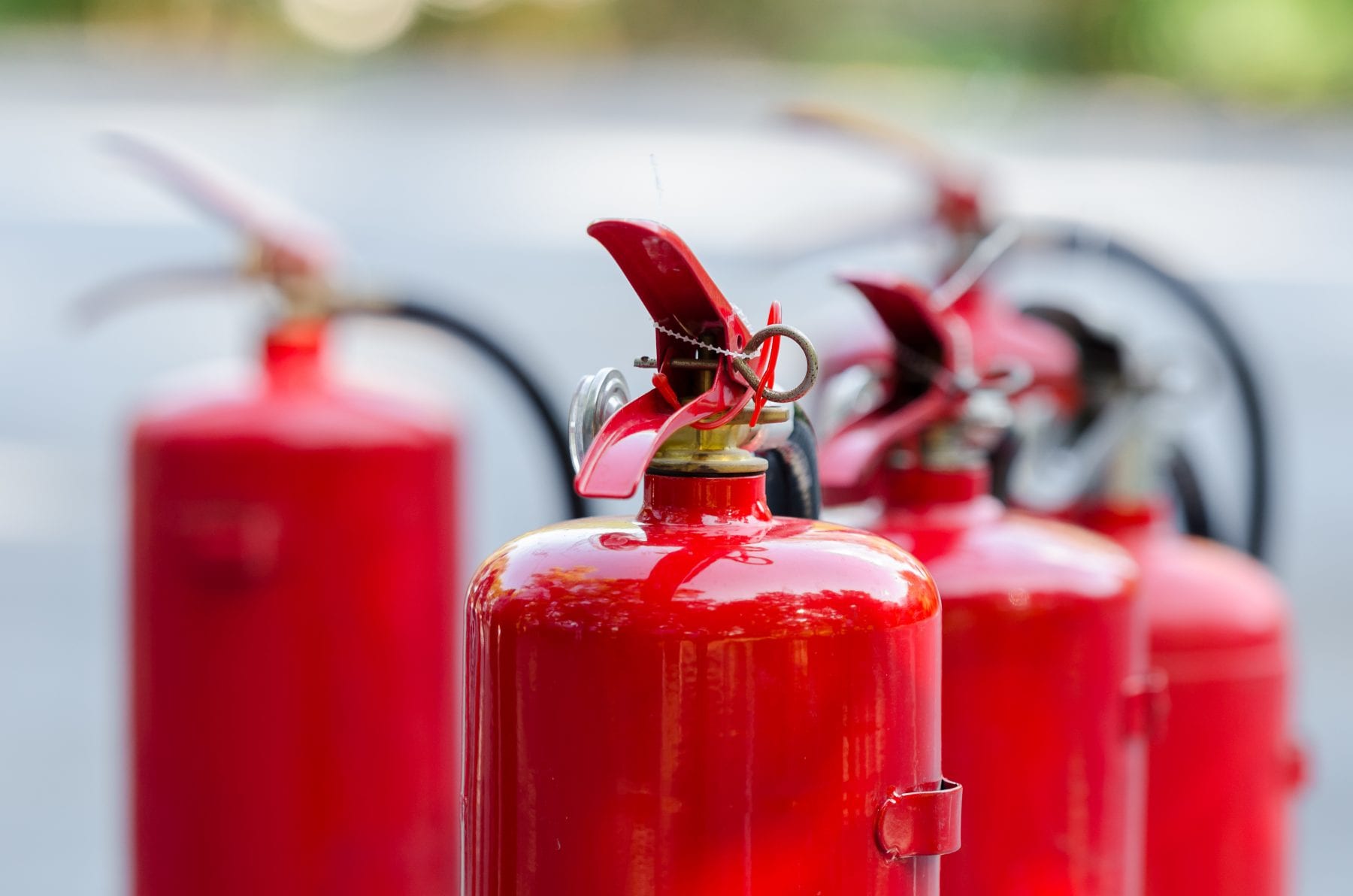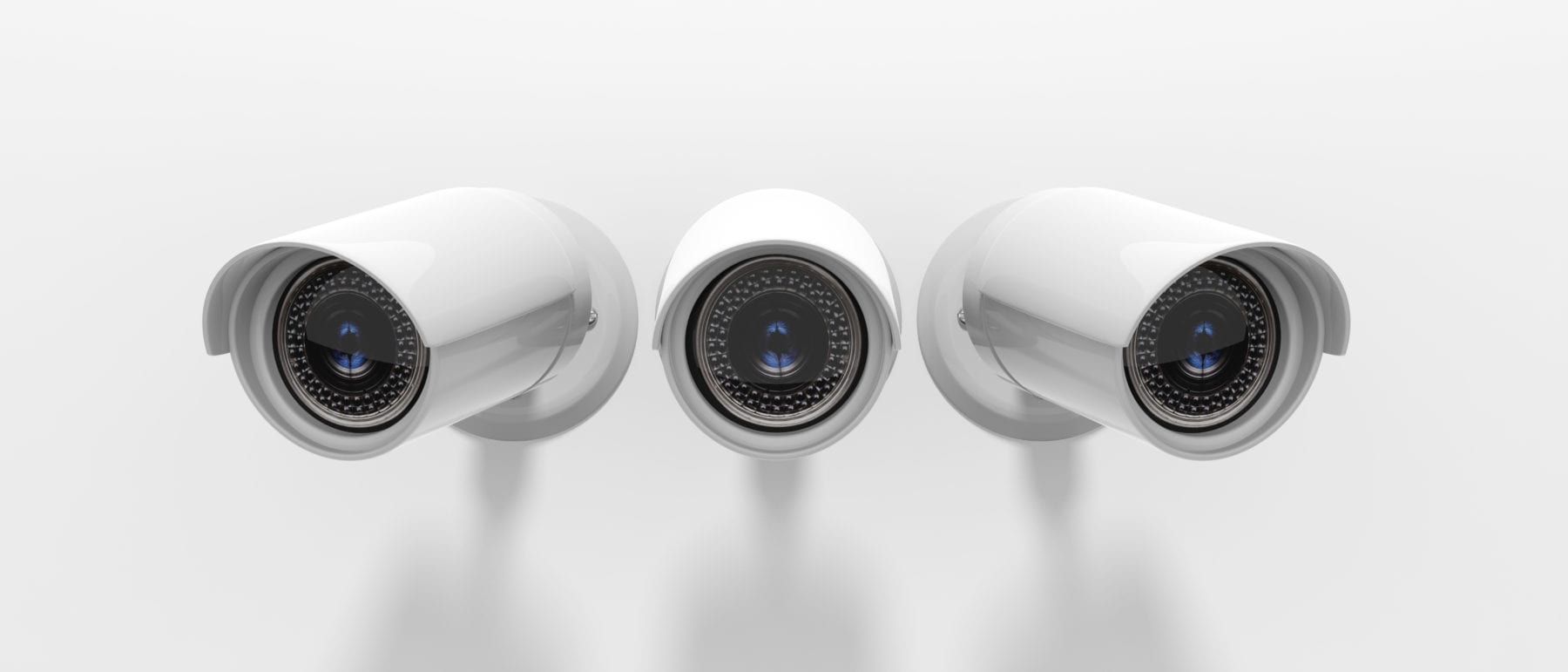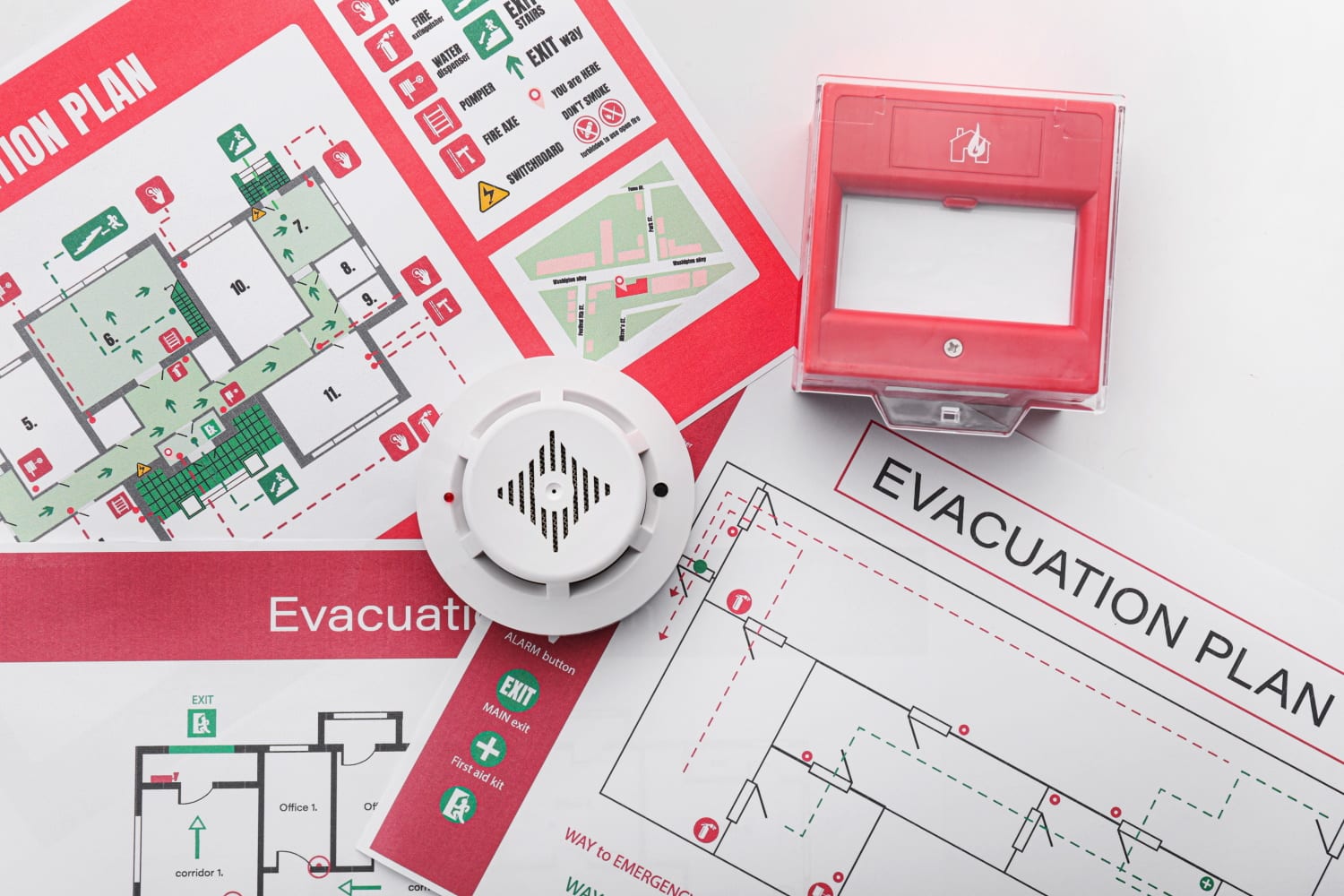
Fire alarm systems are fundamental pillars of building safety. The optimal choice hinges on factors like your building’s size, layout, purpose, and prevailing UK fire safety legislation. Understanding the different types of fire alarm systems can seem daunting, but Swift Fire & Safety is here to illuminate the path forward. Read our comprehensive guide to make an informed decision for your property.
Why Fire Alarm Systems are Non-Negotiable
Fire represents a significant and devastating threat to lives, property, and business continuity. The consequences extend beyond financial loss, potentially causing severe injuries or fatalities. A correctly specified and maintained fire alarm system is often the critical factor in preventing tragedy. It doesn’t just protect occupants; it’s a vital safeguard for your physical assets too.
An effective fire alarm system provides the earliest possible warning of a potential fire. This precious time allows for safe evacuation procedures to be initiated and enables emergency services to be summoned before a fire escalates beyond control. For both homes and businesses, fire alarms are indispensable safety tools. UK law mandates that all businesses must have an appropriate fire detection and warning system in place.
The Regulatory Reform (Fire Safety) Order 2005 (RRO) governs fire safety in virtually all non-domestic premises in England and Wales. A key requirement under the RRO is for the designated ‘Responsible Person’ to conduct a thorough Fire Risk Assessment (FRA). This assessment evaluates fire risks and determines the necessary fire safety measures, including the appropriate category of fire alarm system needed to comply with British Standards (primarily BS 5839-1).
The FRA identifies potential fire hazards, assesses the risk to occupants, and evaluates the adequacy of existing safety measures, guiding the selection of a suitable fire alarm solution.
Understanding Fire Alarm Categories (BS 5839-1)
Fire alarm systems are classified into categories based on their intended purpose – primarily focusing on protecting life (Category L) or property (Category P). Your Fire Risk Assessment will dictate the minimum category required for your premises.
Category M – Manual System: Relies entirely on occupants discovering the fire and activating manual call points (MCPs – ‘break glass’ points) to sound the alarm. Suitable only for specific low-risk scenarios where occupants can reasonably be expected to detect a fire quickly.
Category L1 – Maximum Life Protection: The most comprehensive life safety system. Automatic fire detectors (e.g., smoke, heat) are installed in all areas of the building where a fire could potentially start (except minor exceptions like small cupboards).
Category L2 – Additional Life Protection: Builds upon L3. Automatic detection is installed in all defined escape routes plus all rooms or areas considered high-risk or opening directly onto escape routes.
Category L3 – Standard Life Protection: Provides automatic detection on all designated escape routes (corridors, stairwells) and in rooms that open onto these routes. A common standard for many commercial buildings.
Category L4 – Modest Life Protection: Automatic detection is limited to escape routes only. Often used in conjunction with other categories or in lower-risk buildings.
Category L5 – Localised Life Protection: A system designed to address a specific, identified fire risk in a particular area or function of the building, often supplementing another category system (e.g., detection above a high-risk piece of equipment).
Category P1 – Maximum Property Protection: Focused on protecting the property itself. Automatic detectors are installed in all areas of the building to ensure the earliest possible detection and minimise damage. Often used for business-critical infrastructure or high-value contents.
Category P2 – Minimum Property Protection: Automatic detection is installed only in defined high-risk areas of the building, aiming to provide early warning of fire in the most likely places of origin to protect property.
Exploring Commercial Fire Alarm System Technologies
Selecting the right technology for your commercial premises is vital for effective fire safety management. As a business owner or Responsible Person, safeguarding your staff, visitors, and property is paramount. Swift Fire & Safety can guide you through the main types:
Conventional Fire Alarms: A cost-effective solution often suited to smaller, simpler buildings. The system divides the building into zones. Detectors and call points within a zone are wired on the same circuit. If a device is activated, the main control panel indicates which zone is in alarm, but not the specific device location.
Addressable Fire Alarms: Ideal for larger or more complex buildings. Each detector and call point has a unique digital address. When activated, the control panel precisely identifies the exact device and its location, enabling faster response and investigation. These systems often offer enhanced features, diagnostics, and easier maintenance.
Wireless Fire Alarms: Utilise secure radio signals to connect detectors, call points, and sounders to the control panel, eliminating the need for extensive wiring. This makes them perfect for listed buildings, architecturally sensitive sites, temporary structures, or premises where disruption from cabling work must be minimised.
Monitored Fire Alarms: These systems (which can be conventional, addressable, or wireless) are connected via a phone line or secure IP/radio network to an external Alarm Receiving Centre (ARC). If the alarm activates, the ARC is automatically notified and can alert the emergency services, even if the building is unoccupied. This provides crucial 24/7 protection.
Aspirating Smoke Detection (ASD): Highly sensitive systems that actively draw air samples through a network of pipes to a central detection unit. ASD systems can detect minute smoke particles often before a fire becomes visible, providing very early warning. They excel in challenging environments like large warehouses, cold storage, data centres, clean rooms, and heritage sites.
Gas Suppression Systems: These are integrated fire detection and extinguishing systems. Upon detecting a fire (often using advanced detection methods), the system automatically releases an inert gas or chemical agent to suppress the fire without using water. Ideal for protecting critical infrastructure, valuable assets, or areas where water damage would be catastrophic (e.g., server rooms, archives, switchgear rooms).
Partner with Swift Fire & Safety for Your Fire Safety Strategy
Don’t leave fire safety to chance. At Swift Fire & Safety, we are dedicated experts in fire protection solutions. From comprehensive Fire Risk Assessments to the design, installation, commissioning, and maintenance of tailored fire alarm systems, our qualified engineers ensure your premises meet legal requirements and provide optimal protection.
We can assess your specific needs, recommend the most appropriate fire alarm category and system type, and ensure all components – from detectors and call points to control panels and communication systems – function flawlessly.
Ensure your building is protected. Call Swift Fire & Safety today on 01733 602955 or fill out our contact form to discuss your requirements or schedule a site survey.





